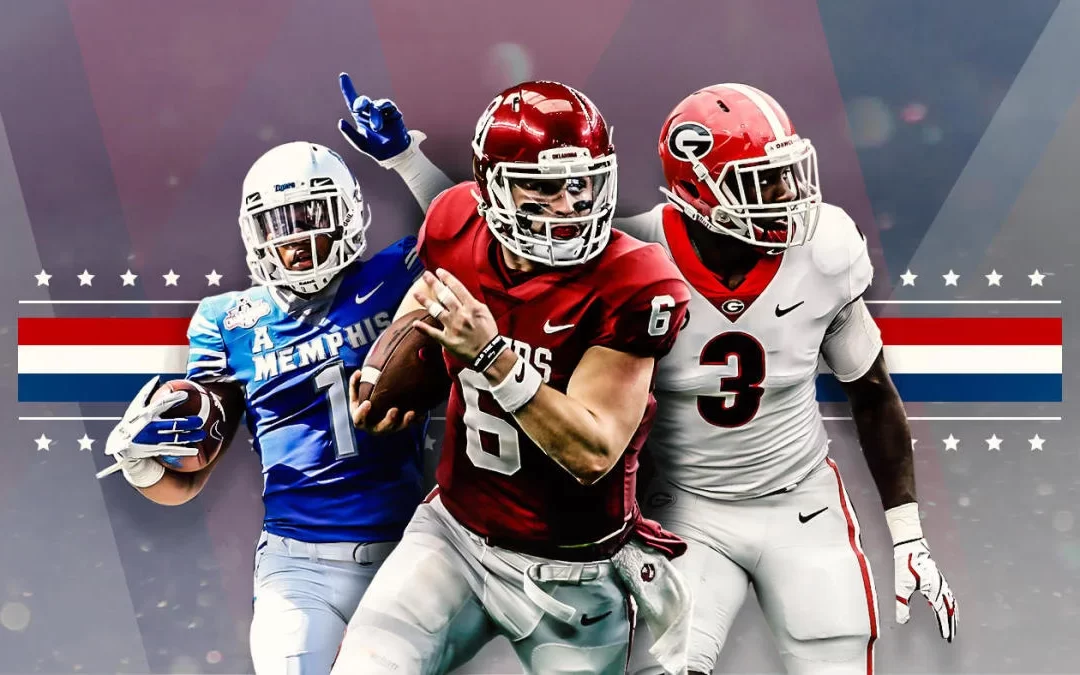In the world of college football, team composition is more than just a list of names on a roster; it’s a complex puzzle that coaching staffs work tirelessly to solve. This puzzle not only includes balancing positions and skills but also managing the number of athletes on the team. For fans, aspiring players, and even casual observers, understanding the composition of a college football team raises a common question: «How many players make a college football team?» This article aims to break down the numbers, providing a detailed look into team sizes, NCAA regulations, and the strategic considerations behind roster decisions.
Introduction to College Football Team Sizes
College football is distinguished not only by its passionate fan base and storied traditions but also by the size and depth of its teams. Unlike professional leagues where roster sizes are more rigid, college football teams vary significantly in size due to NCAA regulations, divisional differences, and individual team strategies.
NCAA Regulations on Team Size
The National Collegiate Athletic Association (NCAA) sets the framework for college sports, including football. While it stipulates limits on the number of scholarships that can be awarded, it doesn’t impose a hard cap on the total number of players on a team. This leads to substantial variation in team sizes across the board.
Scholarship Limits
- Division I Football Bowl Subdivision (FBS): The pinnacle of college football, FBS teams are allowed to have up to 85 scholarship players. These scholarships are full-ride, covering tuition, room, board, and books.
- Division I Football Championship Subdivision (FCS): FCS teams have a cap of 63 scholarships, which can be divided into partial scholarships, allowing more than 63 players to receive financial aid for football.
- Division II: Teams in this division can offer up to 36 scholarships, also dividable into partial amounts to support a larger number of players.
- Division III: DIII teams do not offer athletic scholarships, focusing on the student-athlete experience. Team sizes can vary greatly, often influenced by the school’s enrollment, resources, and football program’s popularity.
Walk-On Players
Beyond scholarship athletes, college football teams also include walk-on players. These are athletes who are not on scholarship but have earned a spot on the team through tryouts or invitation. Walk-ons can sometimes earn a scholarship through their performance and dedication, further influencing the team’s composition.
Total Roster Size
So, How many players on a college football team? While scholarship limits provide a baseline, actual team sizes can exceed 100 players when including walk-ons. This large roster size allows teams to have depth at all positions, which is crucial for dealing with injuries, developing talent, and ensuring competitive practice sessions.
Managing Large Rosters
The challenge of managing such large rosters falls on the coaching staff, who must ensure that each player is developing, contributing to the team’s culture, and prepared to step up when called upon. This involves a delicate balance of talent management, strategic planning, and individual player development.
The Role of Redshirting
Redshirting is a common practice in college football, allowing players to extend their eligibility by sitting out a competitive season, usually their first year. This strategy helps manage team sizes by ensuring that players have the time to develop physically and academically without losing a year of eligibility. Redshirted players count towards the team’s overall size but do not participate in games during their redshirt season.
The Impact of Team Size on College Football
The size of college football teams has several significant impacts:
- Depth and Competition: Larger rosters create internal competition, pushing players to improve and earn their spot on the team. This depth is crucial for enduring the long and physically demanding season.
- Opportunities for Athletes: The structure of college football teams provides opportunities for a wide range of athletes, from highly recruited scholarship players to walk-ons with dreams of contributing to the team.
- Strategic Flexibility: Having a large roster gives coaches the flexibility to adapt their strategies based on the talent available, injuries, and opponent matchups SportDA.
Conclusion
Breaking down the numbers reveals that the question «How many players make a college football team?» doesn’t have a one-size-fits-all answer. Instead, team sizes in college football are influenced by a combination of NCAA regulations, divisional differences, and strategic decisions by coaching staffs. With rosters that can exceed 100 players, college football teams are uniquely positioned to offer opportunities to a broad spectrum of athletes, fostering a competitive environment that is as much about player development as it is about winning games. This intricate balance of managing scholarship athletes, walk-ons, and redshirts underscores the complex yet rewarding nature of college football, making it one of the most engaging and dynamic levels of the sport.

